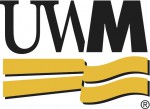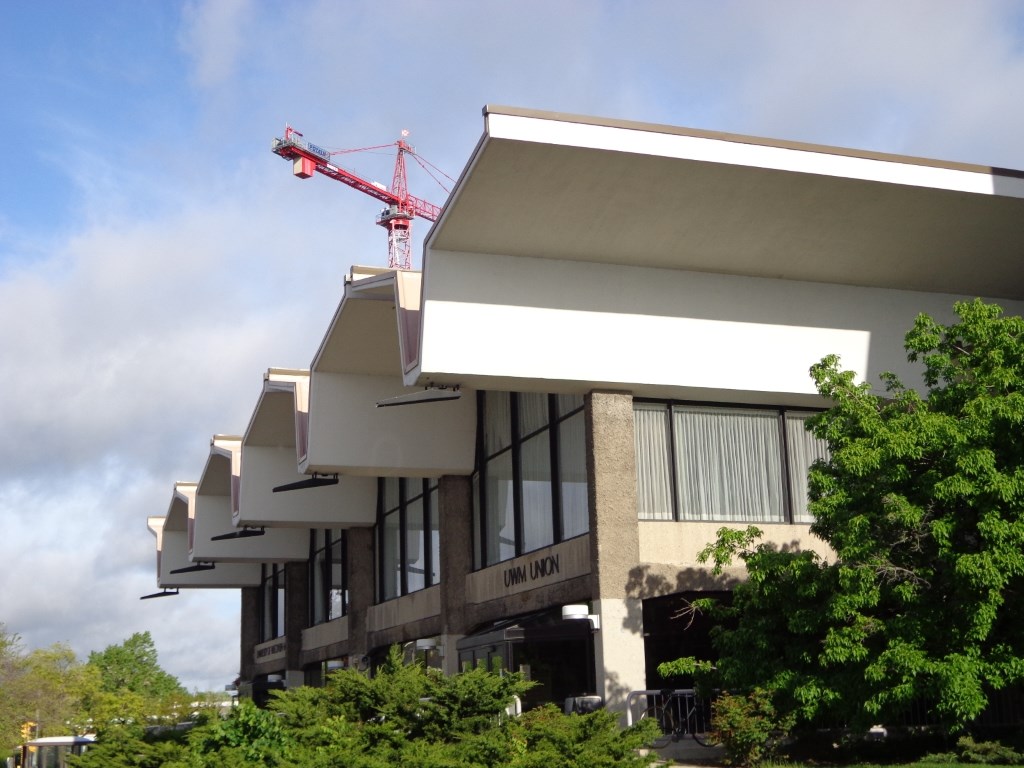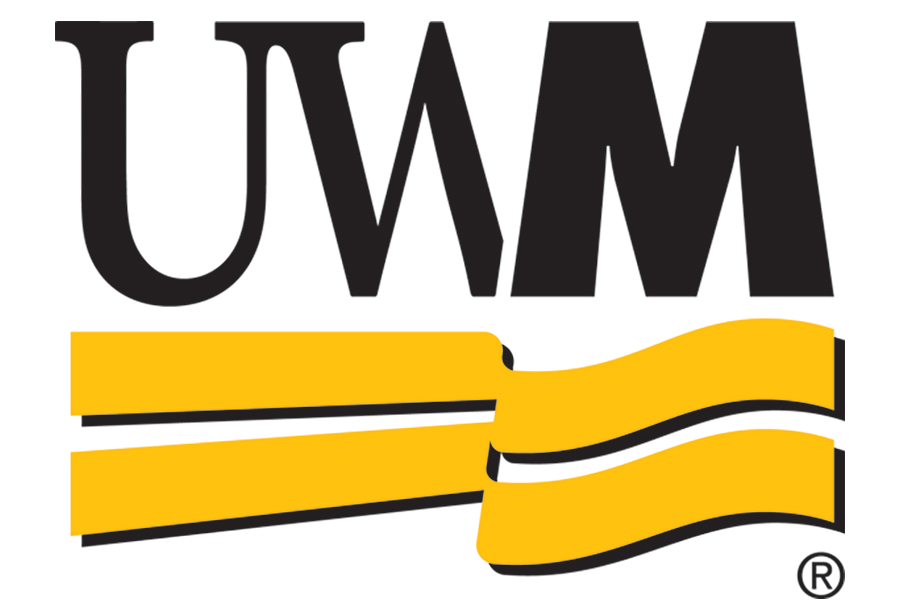UWM Partners with Energy Industry in NSF Research Center
Collaborative research with industry members also will fuel development of new products necessary for the transition to a more robust and resilient electric grid.
MILWAUKEE _ The University of Wisconsin-Milwaukee has become an academic partner in a National Science Foundation-backed research center that is developing improvements for how Americans access energy in the near future.
Called “Grid-connected Advanced Power Electronic Systems,” or GRAPES, the center partners with industry to develop new technologies for storing, controlling and distributing energy that are compatible with the existing grid, can ward off cybersecurity threats and could lower energy bills.
Collaborative research with industry members also will fuel development of new products necessary for the transition to a more robust and resilient electric grid.
“The industry-led work at GRAPES aims to make the U.S. electrical grid more reliable, greener and less expensive,” said Adel Nasiri, associate dean for research and UWM professor of electrical engineering. “That makes it a perfect fit for the expertise in microgrid technology that UWM brings.”
UWM faculty are solving the challenges that are keeping microgrids from entry into a market that is projected to generate $1.6 billion in revenue in the next few years.
“By working with business and exchanging ideas, we each have a clearer line of sight between the research labs and consumer,” said Brett Peters, dean of UWM’s College of Engineering & Applied Science. “With that, we can solve today’s tough challenges efficiently.”
“It’s our business to manage and modernize grids,” said Igor Stamenkovic, global technology director at Eaton. “We rely on academic partners to continue to expand the boundaries of our own knowledge and understanding so we can be on the forefront of designing, building and maintaining secure and cost effective grids.”
GRAPES is an NSF Industry/University Cooperative Research Center (I/UCRC) launched by the University of Arkansas and the University of South Carolina in 2010.
This is the second I/UCRC in which UWM is a partner. In 2010, UWM and Marquette University became the academic partners in an I/UCRC in Milwaukee that focuses on development of freshwater technologies. That center is headed by Junhong Chen, a UWM distinguished professor of mechanical engineering.
The NSF funds the administration of 69 I/UCRCs in the United States. Academic researchers join with governmental agencies and private companies, whose membership pays for the cost of research in a pre-competitive, shared intellectual property arrangement.
GRAPES research has resulted in several spinoff companies in Arkansas since its inception.
UWM’s membership will help create even more commercial products and startups, according to Nasiri. The center currently has 16 industry members, including Midwestern-based companies such as Eaton, S&C Electric, American Transmission Company, G&W Electric, We Energies and DRS Technologies.
About UWM’s College of Engineering & Applied Science
The College of Engineering & Applied Science is changing the world through research in advanced manufacturing, biomedical instrumentation, energy, infrastructure and transportation, and water and the environment. Innovation and commercialization occurs because of strong industry partnerships, entrepreneurial programs and the support of the UWM Research Foundation. Over 1,600 students are enrolled in ABET-accredited undergraduate programs in civil and environmental engineering, computer science, computer engineering, electrical engineering, industrial engineering, mechanical engineering, materials science & engineering and a new biomedical engineering program that launched in fall 2016. More than 400 students are enrolled in master’s and doctoral degree programs.
About UWM
Recognized as one of the nation’s 115 top research universities, UW-Milwaukee provides a world-class education to 26,000 students from 89 countries on a budget of $667 million. Its 14 schools and colleges include Wisconsin’s only schools of architecture, freshwater sciences and public health, and it is a leading educator of nurses and teachers. UW-Milwaukee partners with leading companies to conduct joint research, offer student internships and serve as an economic engine for southeastern Wisconsin. The Princeton Review named UW-Milwaukee a 2017 “Best Midwestern” university based on overall academic excellence and student reviews, as well as a top “Green College.”
NOTE: This press release was submitted to Urban Milwaukee and was not written by an Urban Milwaukee writer. While it is believed to be reliable, Urban Milwaukee does not guarantee its accuracy or completeness.























One very overlooked area of grid management is the demand side management on the consumer customer side of the electric meter that could have multiple megawatt hours of potential control and consumer savings. It appears the current investors in this cooperative educational investment are heavy on the supply side of energy, and have a deep interest in maintaining a market monopoly on electric energy. Demand side management opportunities that benefit the consumer, could fulfill more than half the equation of making a grid system more efficient.
Current technology is available for consumer owned and operated thermal mass heat storage furnaces, heat pump water heaters, ice making air conditioning equipment, and even electric cars. This equipment could be charged and utility managed so it charges electric energy in these stored forms at night time off peak rates of 5 cents per kilowatt hour and then released during day time of operation when the energy is needed for building comfort. These systems are close to 100% efficient in storing and releasing energy compared to electric battery technology that is less than 50%.
Use of this kind of equipment in thousands of residential and commercial buildings could shift the peak time load curve to off peak hours, and save consumers millions annually. Further enhance this system with comprehensive implementation of consumer owned energy efficiency and solar electric distributed generation, and WI consumers would save over $7 Billion annually, creating thousands of building renovation modernization jobs for Wisconsin in the process. The market could be stimulated in this area with tripling of state-wide Focus on Energy program funding, sales tax exemption on local labor and materials, and a carbon tax on fossil fuels that would be directed back towards programming in the form of consumer tax credits on equipment and labor.
Consumer owned thermal storage is the lowest cost option as a simple energy storage battery solution and the most efficient. I had discussed this with utility planners in 2008, and I believe they were frightened at this prospect of losing market share of energy, at a time when the nation’s load curve had dropped 10%, and night time load operating at perpetual losses.
Flattening the overall load curve increases the grid efficiency, reduces heat in equipment during peak times uses, and saves energy, and maximizes use of off peak energy including large wind sourced renewable energy seeking a storage location. It changes the dynamic between supplier of energy and user as cooperative for the common good of all. This shift in energy use could also lead to shutting down older high cost power plant electric producers, and reduce fossil fuel use and emissions by over 50%.